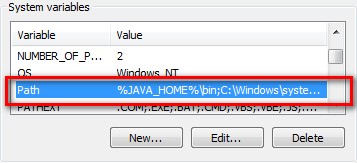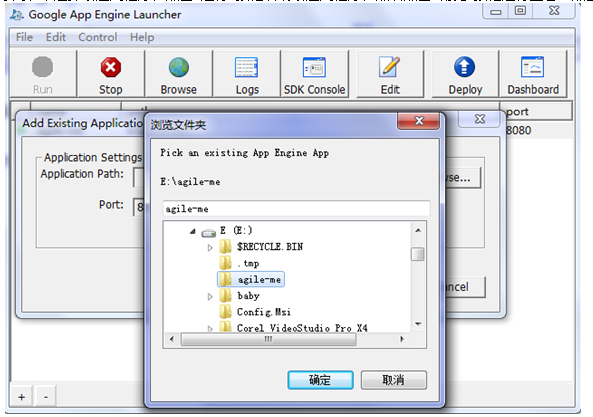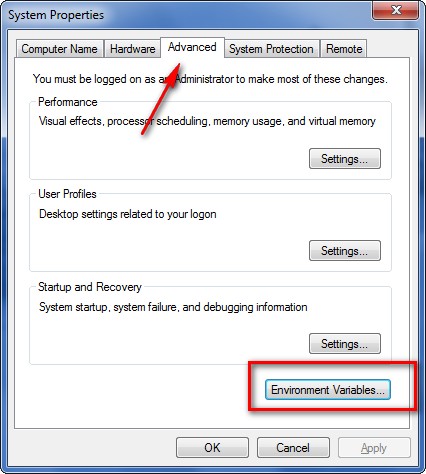
Google provides a total of 10 applications that you can deploy under a single account. Once you are logged in, you will be presented with a list of applications that you are currently running on the Google App Engine under the account which we logged in with.

Whether you already have a Google Account or have signed up for a new one, do login first. Even if you do not have an account, you can sign up for a Google Account, a link for which is provided on the page. Go to and simply login with your account. This is easy and is a breeze in case you already have a Google Account (Gmail, Apps, etc) in which case it is best that you use that straight away. You need to first sign up for the Google App Engine Account. So let’s get going… Sign up for Google App Engine As much as I would like to cover all details, I think I will need to keep this blog focused more on Google App Engine stuff for Java.
#DOWNLOAD GOOGLE APP ENGINE SDK FOR JAVA FREE#
There are numerous resources on the web that address the book in addition to books, so please feel free to look them up before you proceed.

In 5.0.7/5.0.8, we introduced a feature allowing developers to log the serialization. It is a sample project developed by Vladimir Sosnin, and the working demo is here.Īdd ClusterSessionPatch listener to zk.xml for enforce GAE to write session. Public class MyDesktopInit implements DesktopInit Sampleĭownload a sample application named zk-gae. Then, won't be used (which is prohibited by GAE).Īpp Engine requires one addition configuration file named appengine-web.xml. Rather, just not to configure the logging at all (i.e., do not use any feature specified in ZK Developer's Reference/Supporting Utilities/Logger). With ZK 6 or later, you don't have to specify the library property called .hierarchy.disabled. ui.http.SerializableUiFactory .ClusterSessionPatch .hierarchy.disabled true -1 In addition, Google App Engine doesn't allow users to create a working thread, so we have to disable the resend mechanism. Google App Engine is a cloud service, so you have to enable the clustering: disable event threads and use serializable UI factory. ZK listener for session cleanup .ui.http.HttpSessionListener zkLoader .ui.http.DHtmlLayoutServlet update-uri /zkau 1 auEngine .au.http.DHtmlUpdateServlet zkLoader *.zul auEngine /zkau/* auEngine /zkau index.zul index.zhtml index.html The zk.xml File Otherwise, AU requests won't be sent to the AU engine. The content is similar to other ZK application except the AU engine has to be mapped to /zkau, too (in additions to /zkau/*. They all reside in the WEB-INF directory. There are three files that you have to configure: web.xml, zk.xml and appengine-web.xml. Here we assume you created a App Engine project. For more information, please refer to ZK Developer's Reference: Clustering/Programming Tips.

In addition, since GAE is a clustered platform, your application must be ready for clustering, such as implementing serializable. To use Google App Engine for Java, you have to take one additional step: sign up here. Refer to the official website for details.
#DOWNLOAD GOOGLE APP ENGINE SDK FOR JAVA DOWNLOAD#
First, you have to sign up an App Engine account and download the App Engine SDK.


 0 kommentar(er)
0 kommentar(er)
